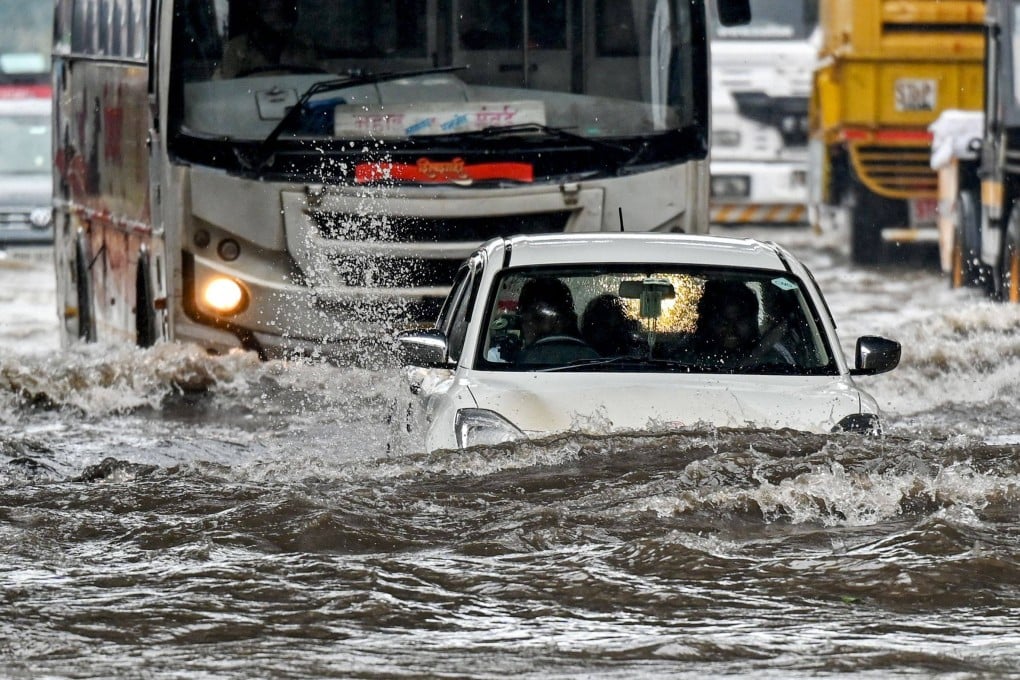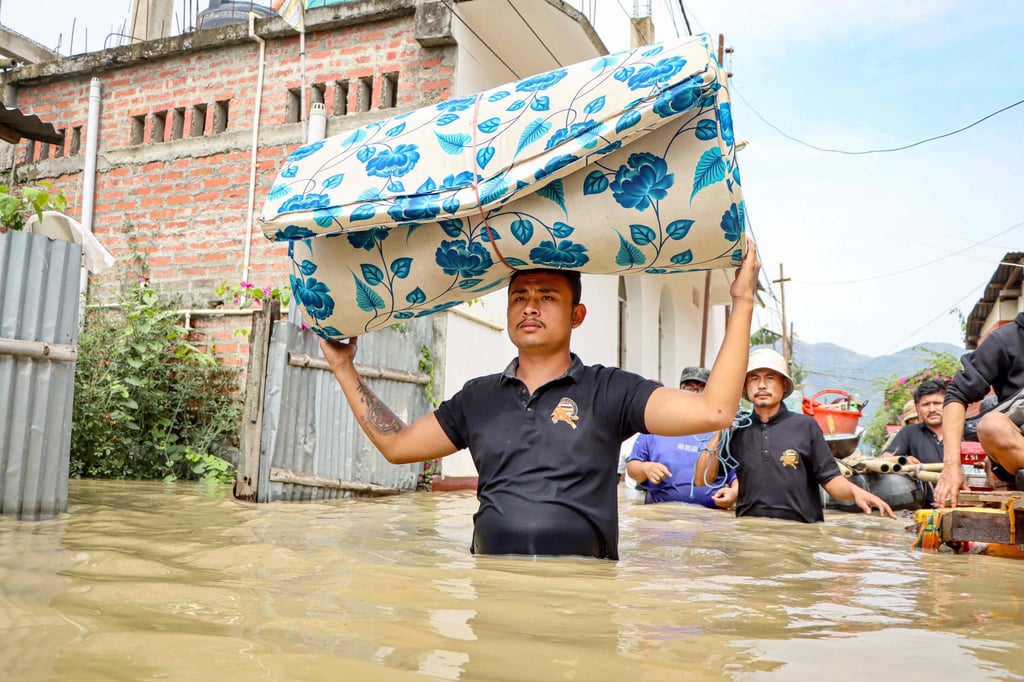India’s extreme weather challenges Modi’s infrastructure ambitions
Early monsoons in India are testing its infrastructure resilience, causing damage and highlighting the need for climate-adaptive policies

Indian monsoons this year – the earliest onset since 2009 – damaged new public infrastructure across the country, putting pressure on Prime Minister Narendra Modi’s push for an infrastructure upgrade in the world’s fifth-largest economy.
A recently inaugurated underground metro line in the commercial hub of Mumbai was flooded after the city was lashed by record heavy rains on May 26. The city’s Metro Line 3, a US$2.7 billion state-run project, saw rainwater enter its Acharya Atre Chowk station through a broken barrier, disrupting train services.
About 700 miles to the south, a section of an under-construction elevated national highway passing through Malappuram in the state of Kerala caved in on May 19 after structural damage from rains. At least six people were injured after concrete blocks and debris came crashing down, according to local media reports.
In northeast India, incessant rains triggered landslides, putting about 1,500 tourists at risk after the monsoon hit several states last week. A portion of the under-construction Sankalang bridge in Sikkim was swept away, while Phidang bridge in the state was partially damaged after a river overflowed.
Erratic and extreme weather events are testing the quality and durability of India’s billion-dollar projects. Modi’s government has shored up investment in the world’s most populous nation by building roads, highways, bridges and airports, committing to a capital expenditure of 11.2 trillion rupees (US$131 billion) for the year ended March 2026.

The India Meteorological Department declared monsoon onset on May 24, eight days ahead of schedule. The southwest monsoon season, which brings more than 70 per cent of India’s annual rainfall, is expected to see above average downpour this year.